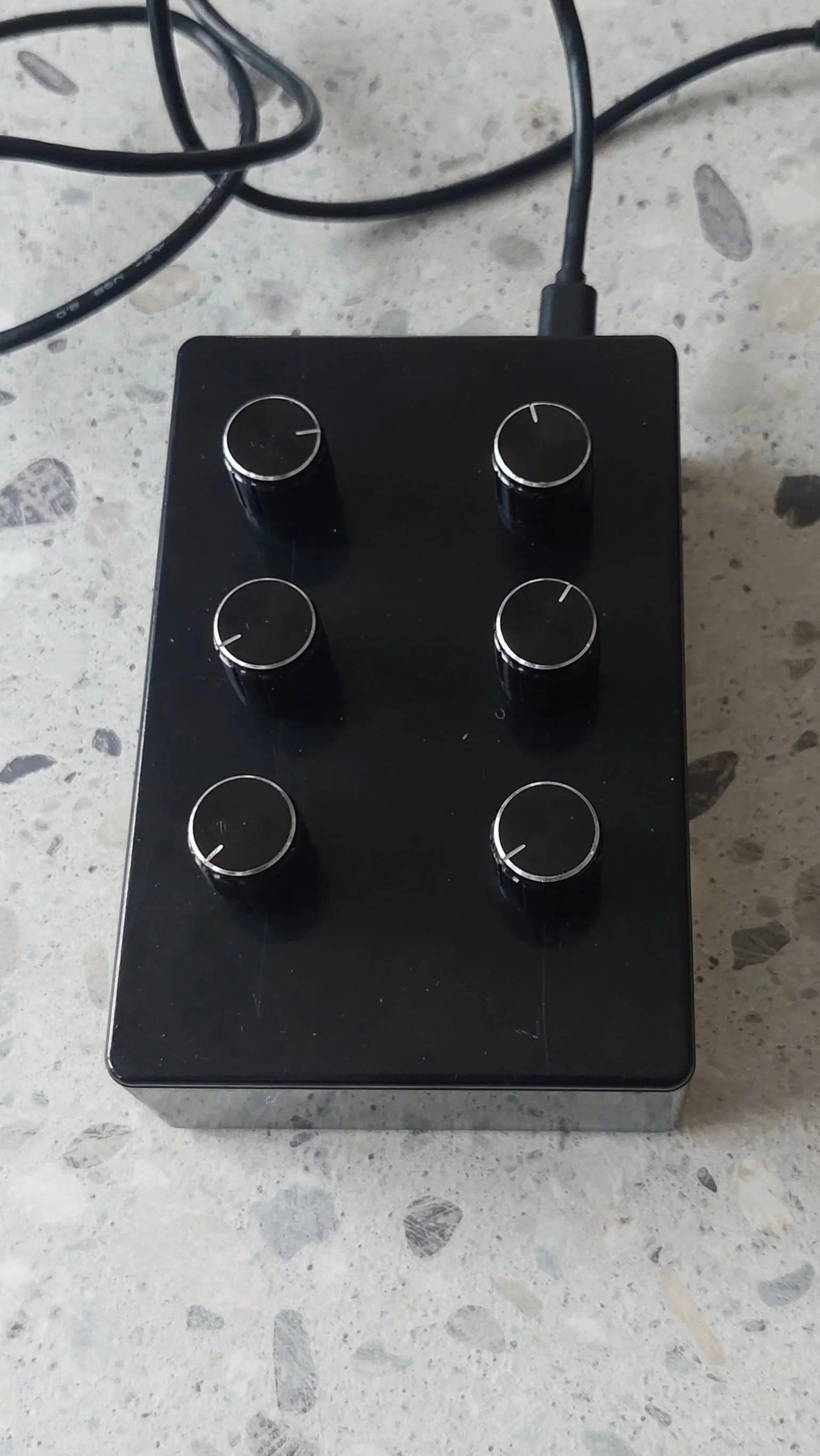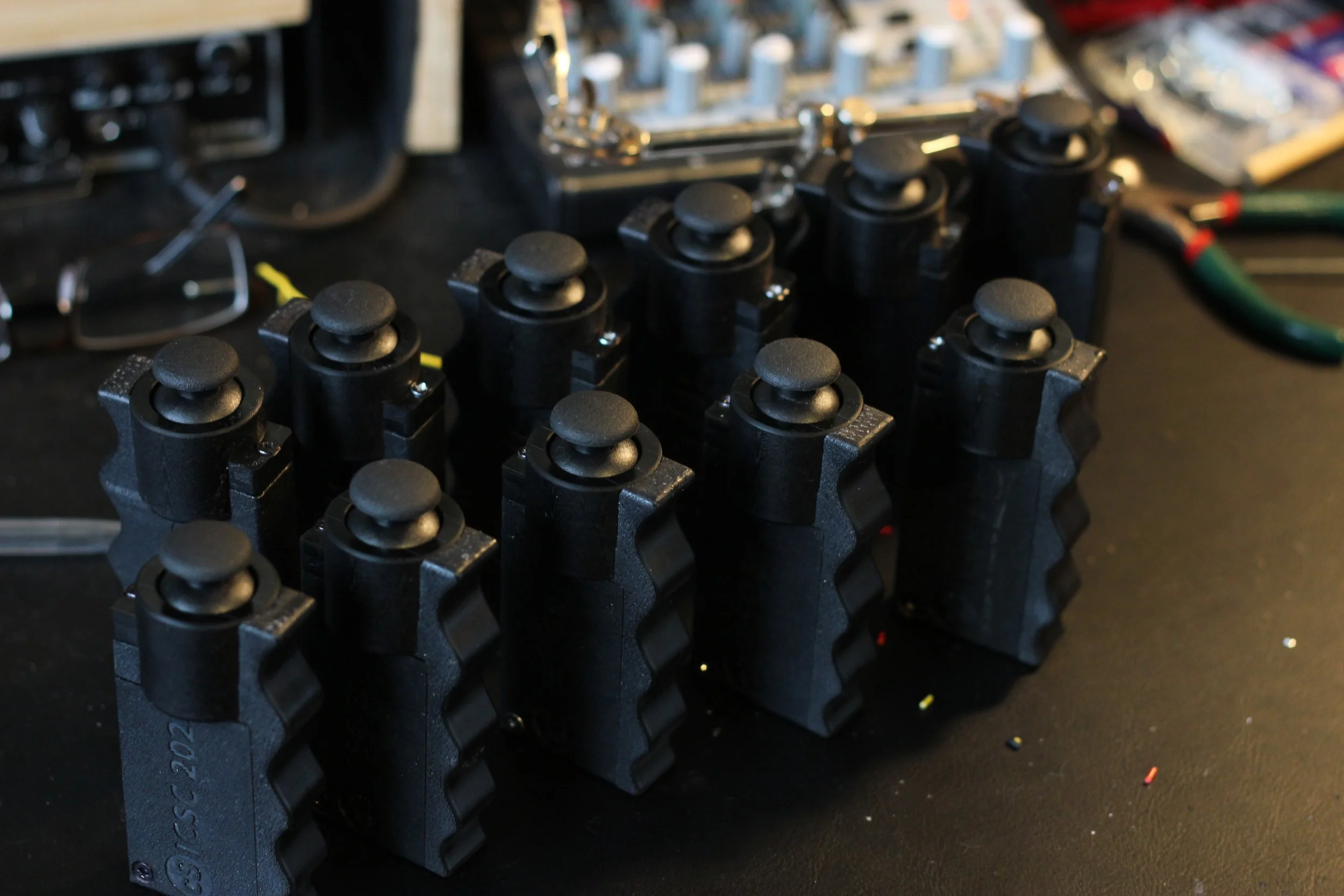IN order to prepare for an Acoustic Technology module that I teach, I decided to start building some sound-body instruments to demonstrate some of the concepts I will be discussing in class.
The first of these is an Aeolian Harp, which derives its name from the Greek ruler of the winds, Aeolus, who attempted, unsuccessfully, to aid Odysseus on his journey back to Ithaca.
The design I used for this was lifted directly from Metal Marshmallow’s guide and the recording below was captured using one of his excellent contact microphones. I would definitely recommend picking one up if you can afford it.
The harp itself works by being placed in the wind, and when the air passes over each string, alternating from one side to the other, creating a series of vortices. These vortices cause the strings on the harp to resonate at what is known as the Strouhal frequency, which in turn causes them to produce sound. This same phenomenon can be observed when the wind passes through power lines.
Interestingly, due to wind speeds required to excite the strings, coupled with the relatively thin strings themselves, the excitation does not produce the fundamental of the string; instead, it produces just the harmonics. This is down to the nature of vortex shedding which is explained in detail here.
A brief exampe of the sound it produces can be heard below












